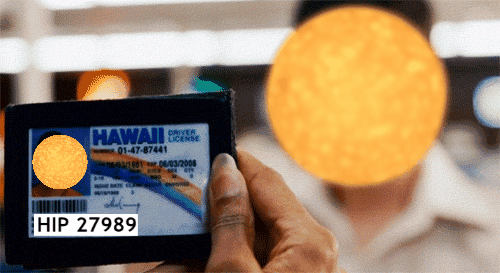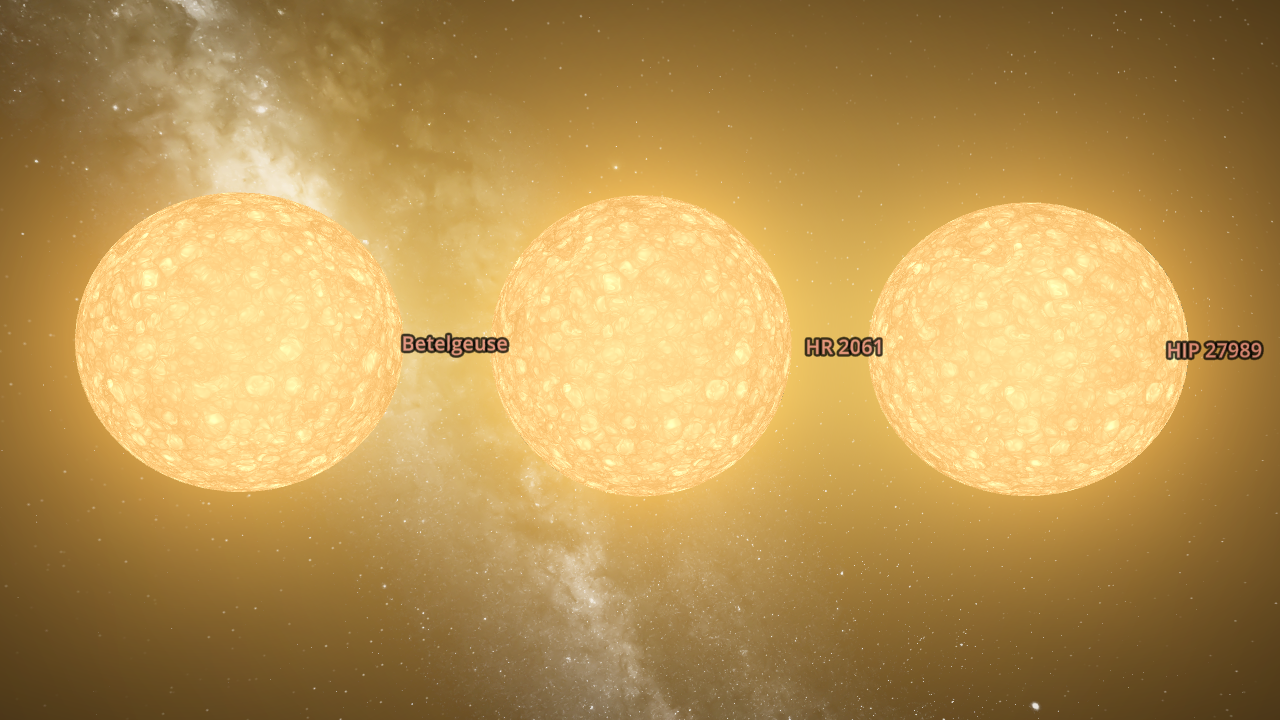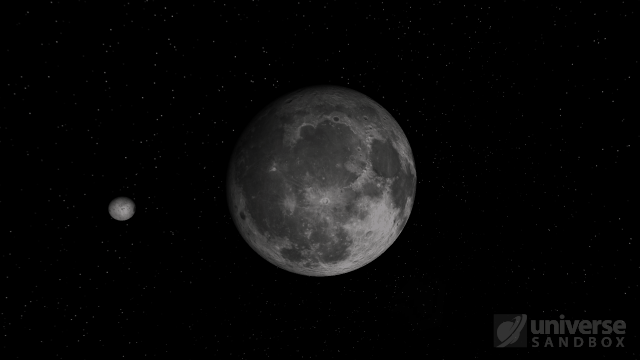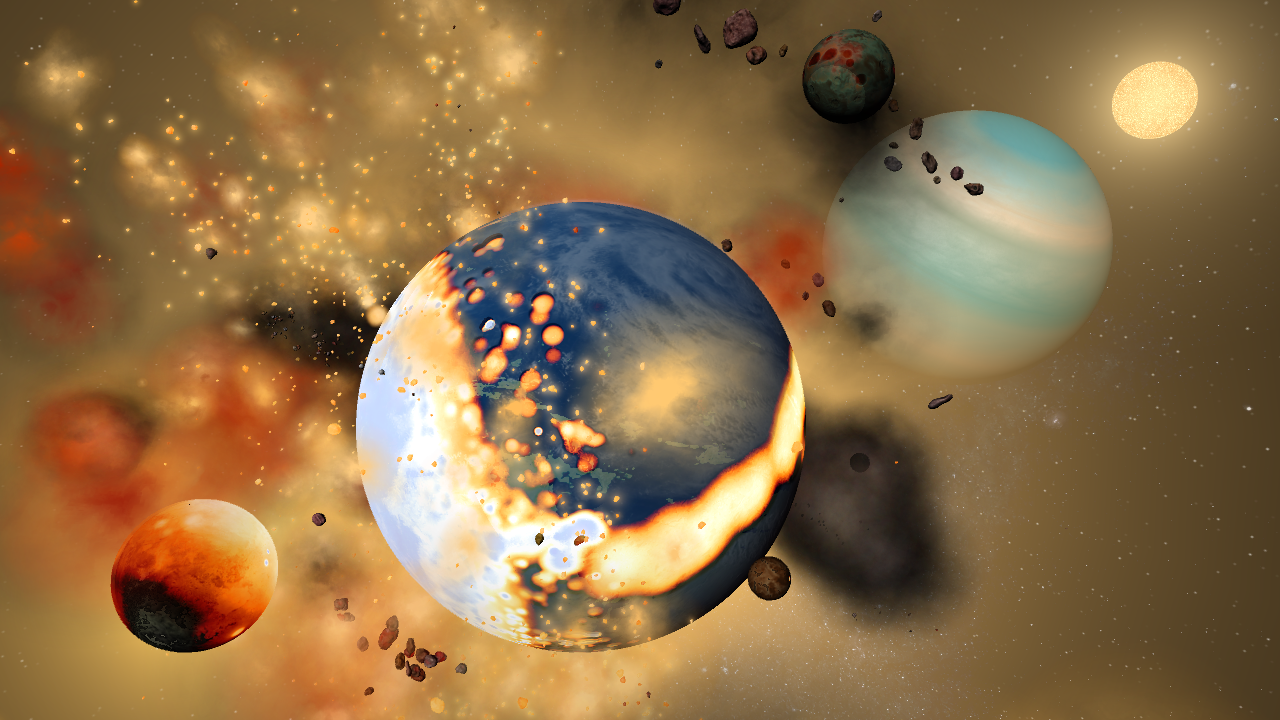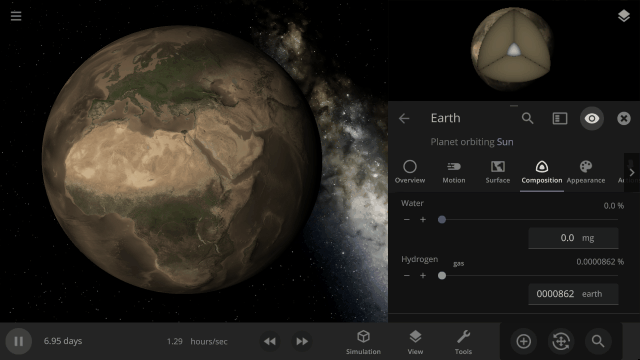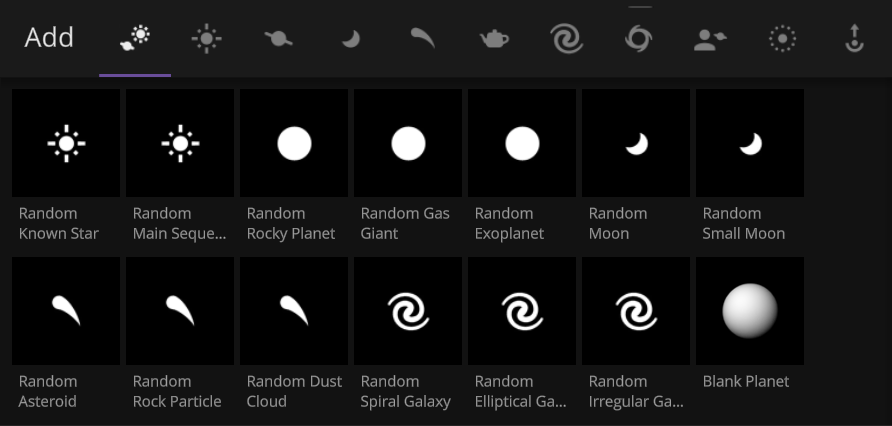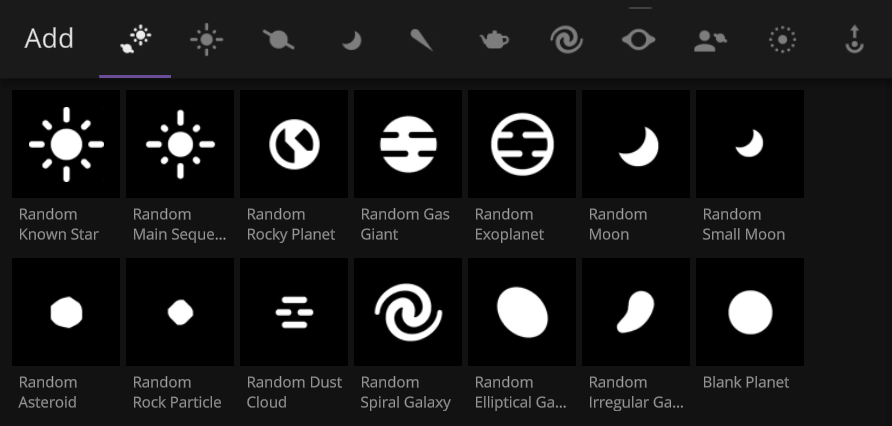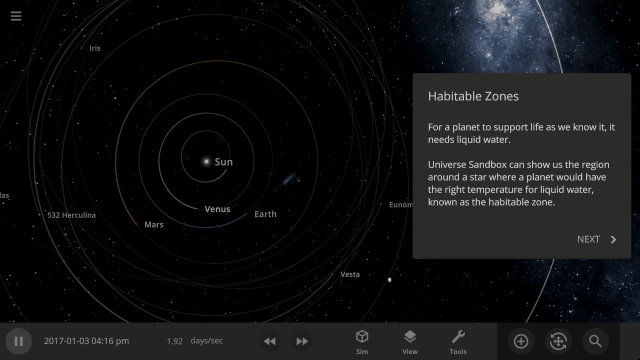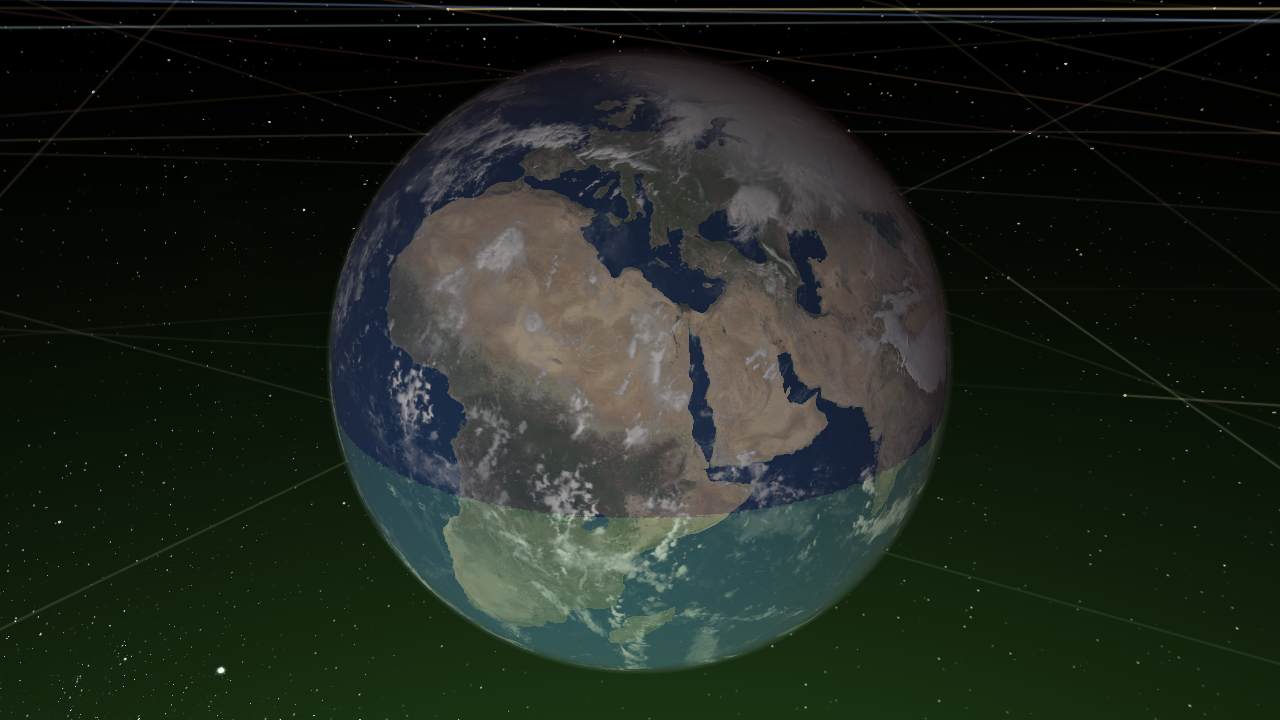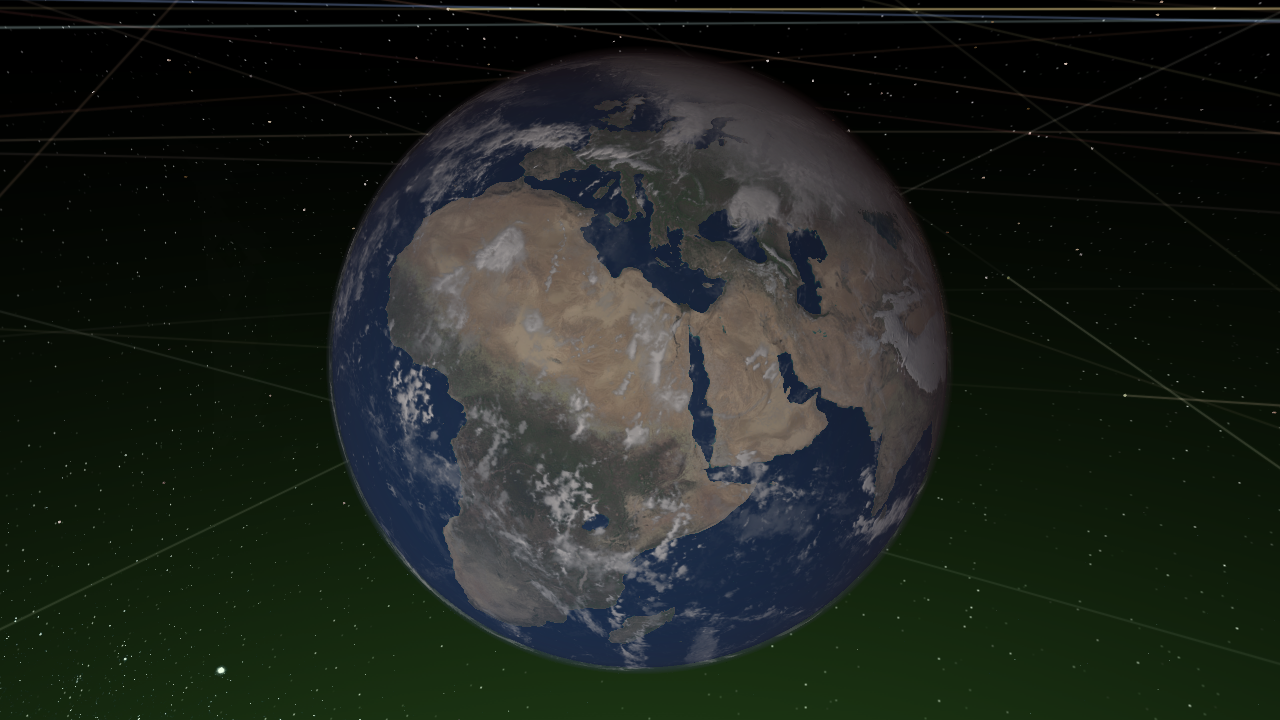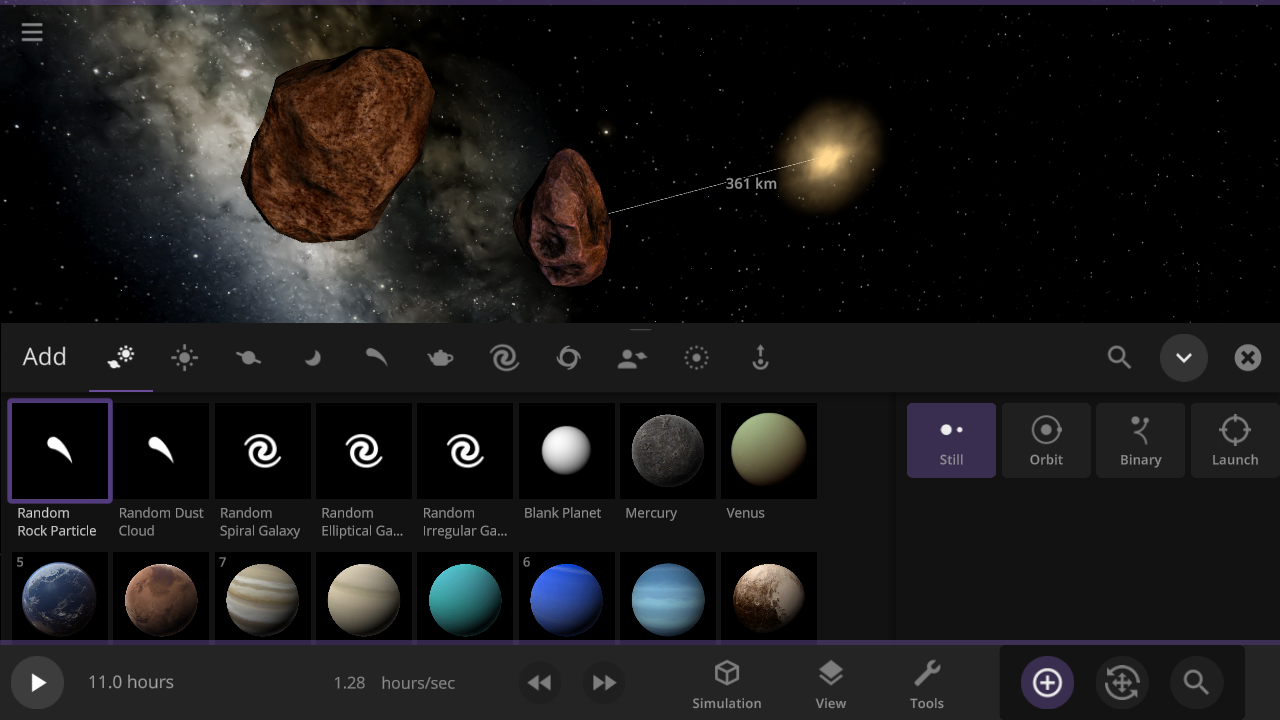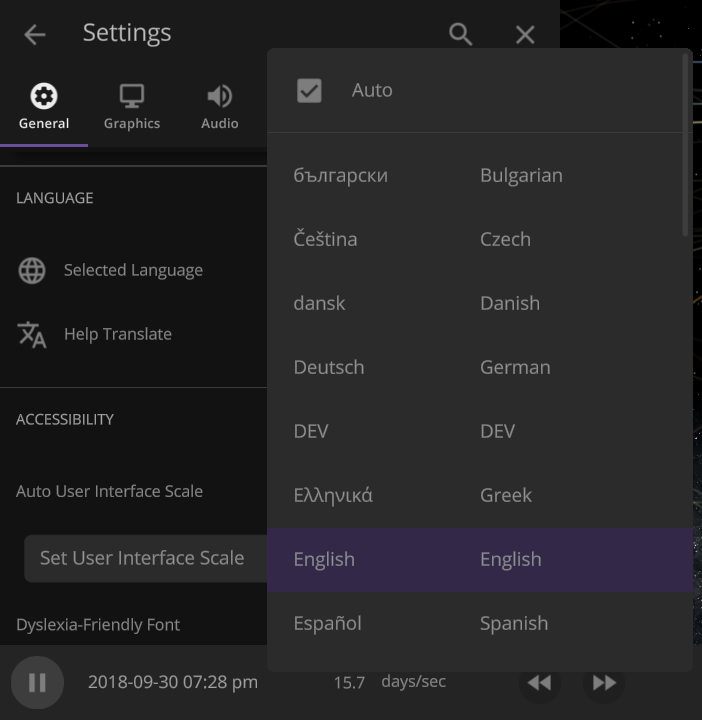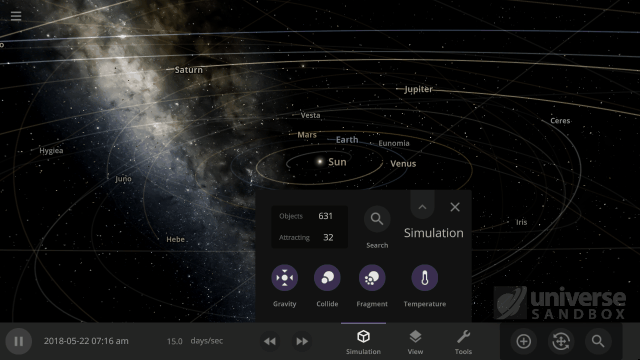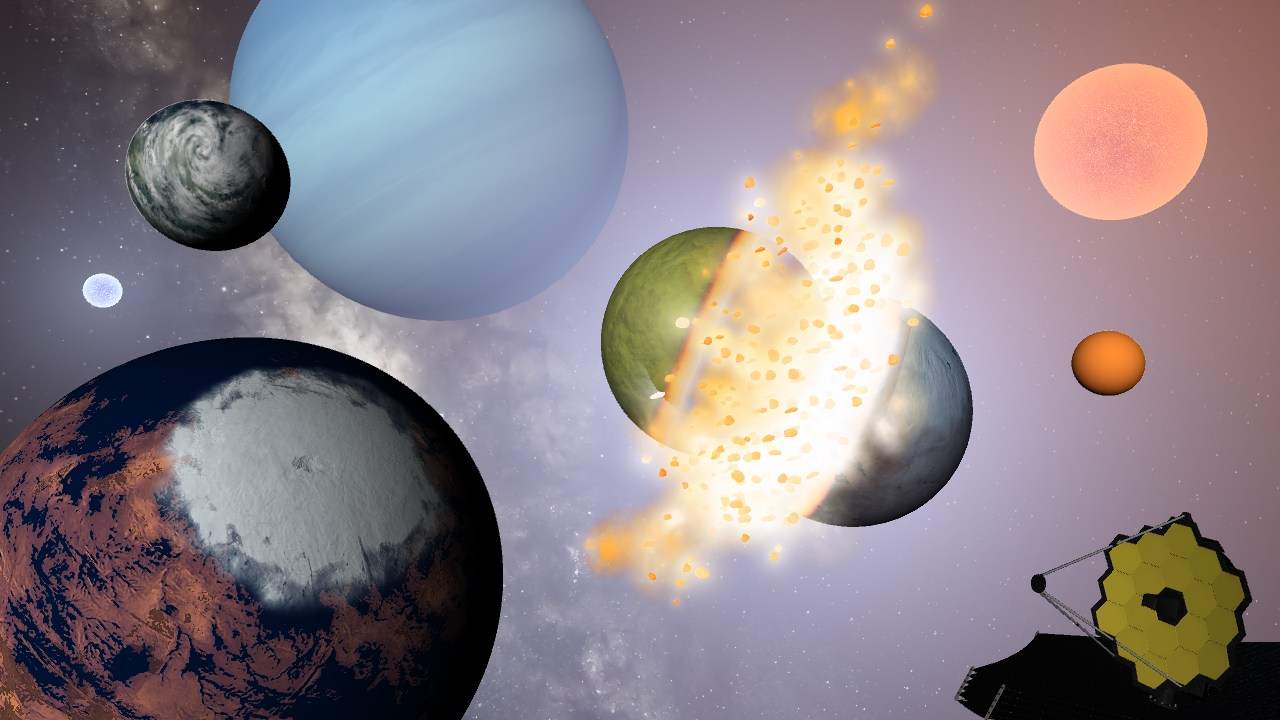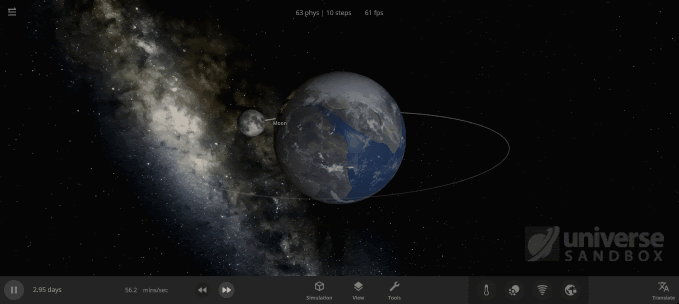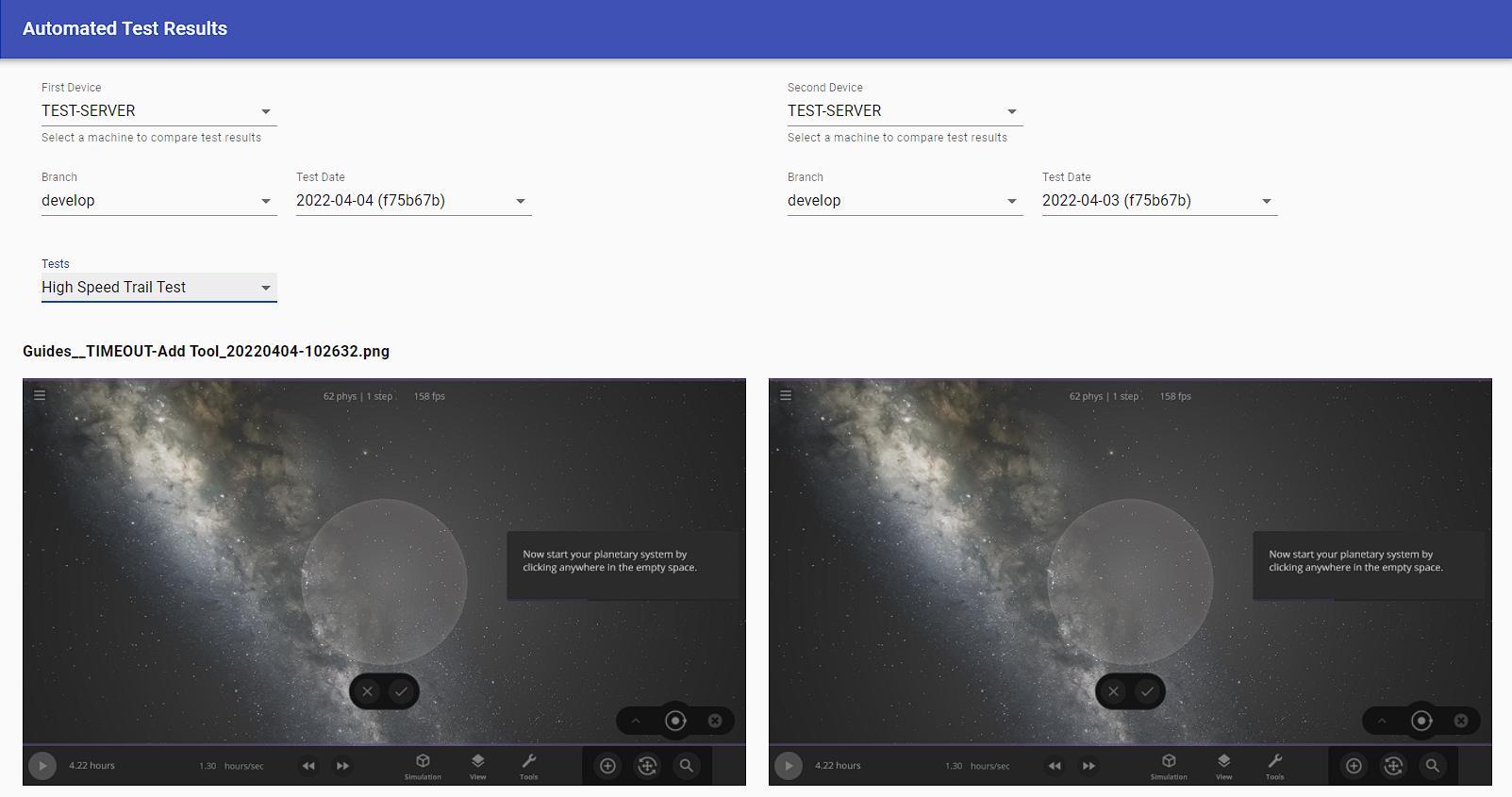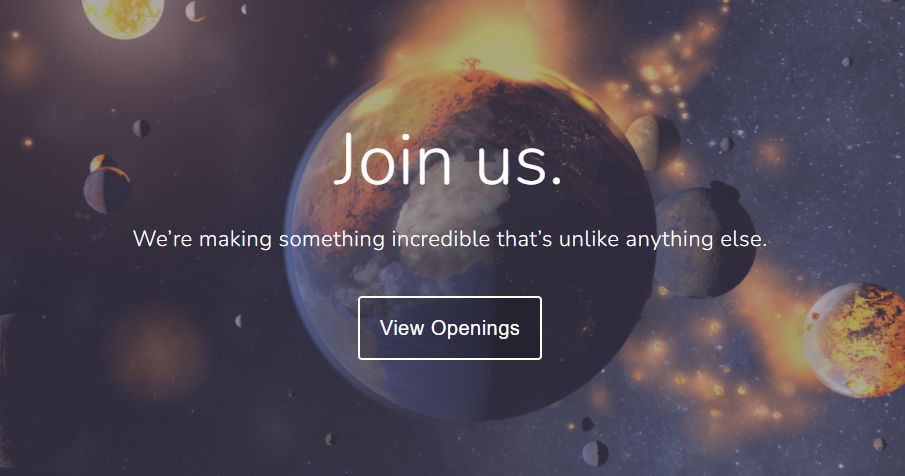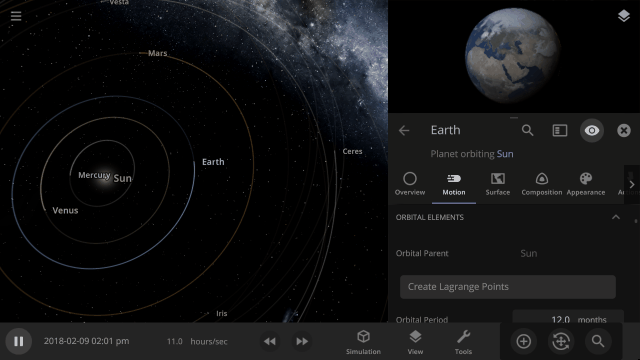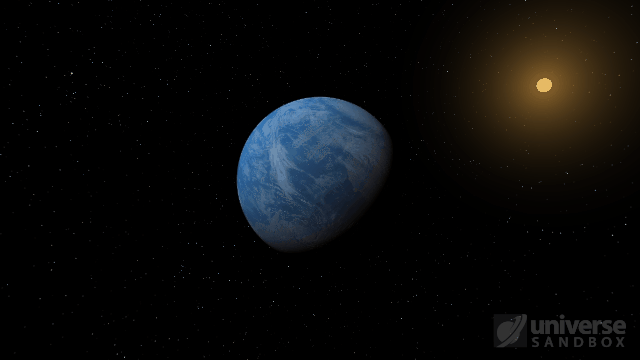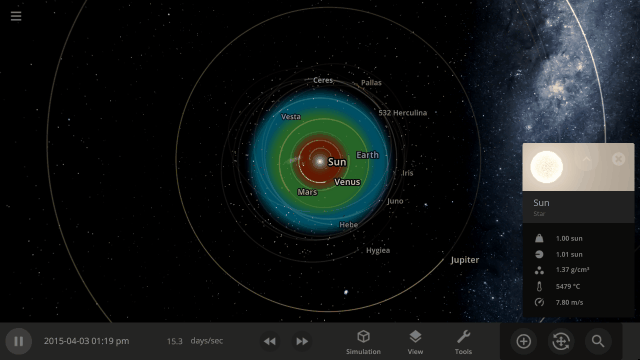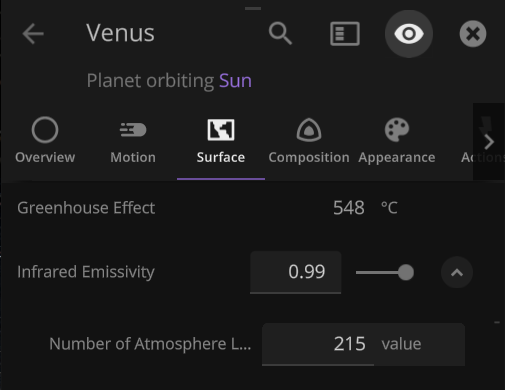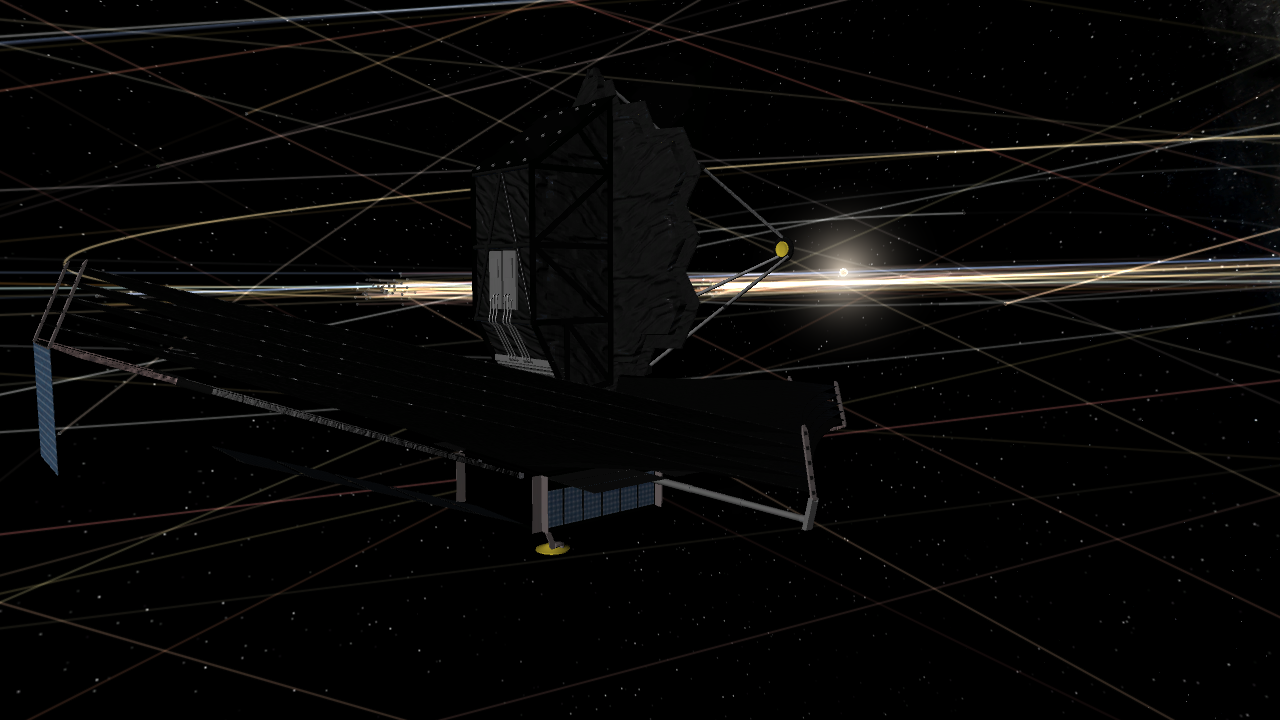
Oct 27, 2022
Universe Sandbox - bshapiroalbert

“Space is big. You just won't believe how vastly, hugely, mind-bogglingly big it is. I mean, you may think it's a long way down the road to the chemist's, but that's just peanuts to space.”
- Douglas Adams, The Hitchhiker's Guide to the Galaxy
And now we’ve made it a bit easier to comprehend the scale of space.
Scaling Space
The unit of measurement selection menu now explains what each unit means to help you better understand the vastness of space. Unit names based on the properties of other objects (like Earth mass) have also been updated for clarity.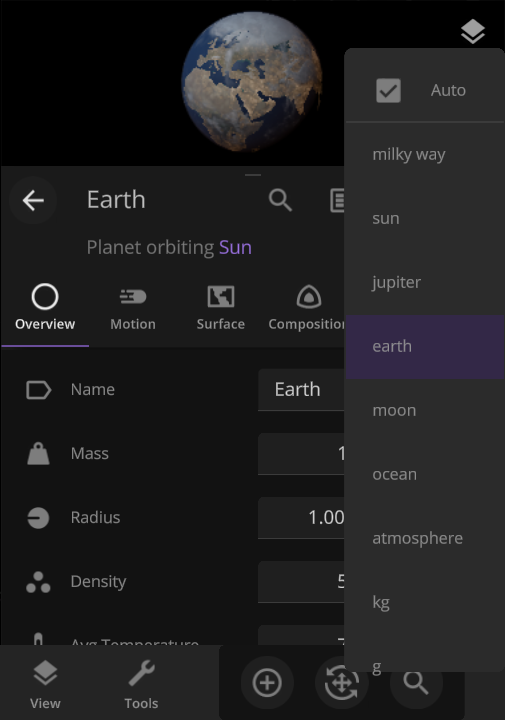
Before

After
Juno Flyby of Europa
On September 29, 2022, the Juno spacecraft performed a flyby of Jupiter’s moon Europa, coming within 352 kilometers and taking the highest-ever resolution close-up image of the moon’s surface. Watch this close flyby in our new simulationJuno Flyby of Europa in 2022

More Highlights
You can now view and monitor the data views for all objects in a simulation at once, also called the Atlas, by going to Open View Panel Settings > 2D Settings > Show All Maps Atlas. The interface for this type of view is a work in progress.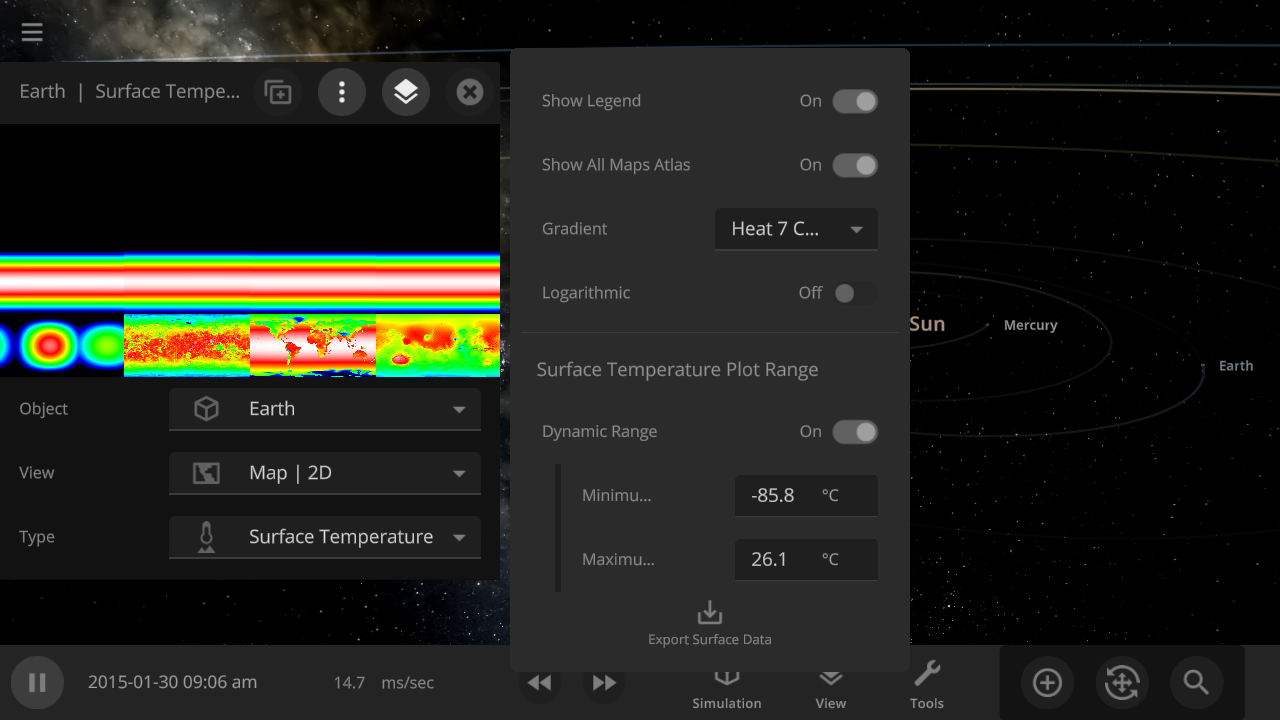
Object holograms have been updated to look the same, be more visible across different backgrounds, and clearly show their positions in front of or behind other objects

Before

After
Check out the full list of What's New in Update 31.4
Please report any issues on our Steam forum, on Discord, or in-game via Home > Send Feedback.







